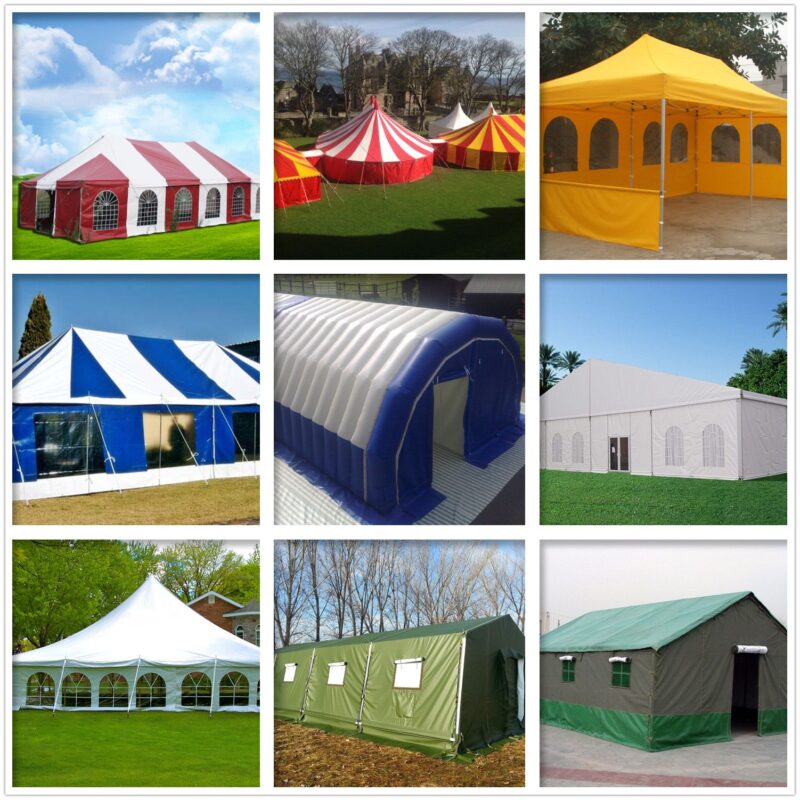Tarpaulins, commonly known as tarps, have been a staple in the world of outdoor protection for decades. These versatile, durable, and cost-effective coverings are perfect for a wide range of applications, from camping and construction to agriculture and transportation. In this blog, we will explore the many uses of tarpaulins, the different materials and types available, and tips for choosing the perfect tarp for your needs.
1. The Many Uses of Tarpaulins

Tarpaulins are incredibly versatile and can be used for a variety of purposes, including:
– Camping and outdoor activities: Tarps provide excellent shelter from the elements, making them ideal for use as a groundsheet, rainfly, or makeshift tent.
– Construction sites: Tarps protect materials, tools, and equipment from rain, wind, and dust, ensuring that your project stays on track and on budget.
– Agriculture: Tarps are used to cover hay, grain, and other agricultural products, protecting them from moisture and pests.
– Transportation: Tarps can be used to secure and protect cargo during transport, ensuring that your goods arrive in perfect condition.
– Storage: Tarps can be used to cover and protect items in storage, such as boats, cars, and outdoor furniture.
2. Different Materials and Types of Tarpaulins
Tarpaulins come in a variety of materials, each with its own unique properties and benefits:
– Polyethylene (PE): PE tarps are lightweight, waterproof, and UV-resistant, making them ideal for general-purpose use.
– Canvas: Canvas tarps are made from natural fibers and are breathable, making them perfect for applications where condensation is a concern.
– Vinyl: Vinyl tarps are heavy-duty, waterproof, and resistant to chemicals, making them suitable for industrial and commercial applications.
– Mesh: Mesh tarps are designed to allow air and light to pass through while still providing protection from the elements, making them perfect for use in gardens and nurseries.
3. Tips for Choosing the Perfect Tarp
When selecting a tarpaulin, consider the following factors:
– Purpose: Determine the primary use for your tarp, as this will help you choose the right material and size.
– Material: Choose a material that best suits your needs, taking into account factors such as durability, waterproofing, and UV resistance.
– Size: Select a tarp that is large enough to cover your intended area, with some extra room for securing and adjusting as needed.
– Grommets: Look for tarps with reinforced grommets, as these will provide added strength and durability when securing your tarp.
Conclusion:
Tarpaulins are an essential tool for anyone in need of versatile, durable, and cost-effective outdoor protection. With a wide range of materials and sizes available, there is a tarp to suit every need and application. By considering the purpose, material, and size of your tarp, you can ensure that you choose the perfect solution for your outdoor needs.

